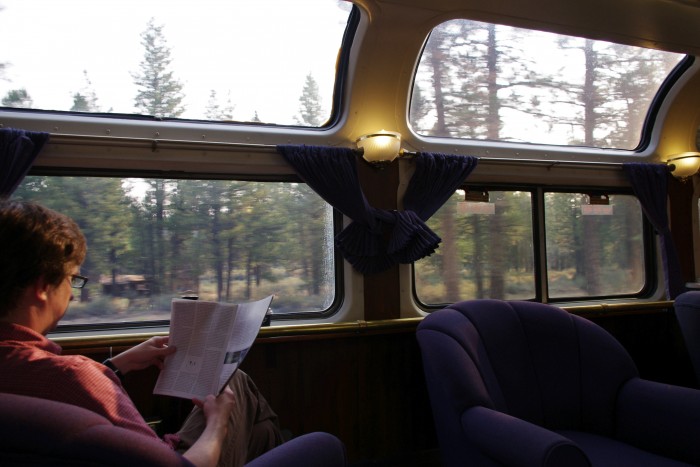This weekend, I am going to the pen for another weekend workshop. Two weeks from today, when I'm writing this, I will be hosting a massive Easter Feast. Thus, a post with more cooking than writing, and more customs than plot. Oh, well...
Back to the Easter Feast: So far, I expect 11 adults, 4 children, 1 baby, and perhaps 4 more adults coming, but who knows. We just made the spanakopita this morning and put it in the freezer. I have a 7 pound leg of lamb that I'll start thawing around Good Friday, and will stuff with garlic and herbs. My guests - most of whom have been here before - know their jobs, and each bring a wonderful dish, so that I don't have to cook much else but the lamb and the spanakopita, and put out some olives and bread. It's a Greek feast, but we're having it on Tuesday, rather than Sunday, so that more people can come.
 Easter is a huge deal in the Orthodox church. Yes, I know it's a huge deal in every Christian church, or should be, since without the Resurrection, the rest is iffy, to put it mildly. But in the Orthodox church... even my atheist father (a handsome Greek boy, as you can see) demanded red-dyed Easter eggs. In the Orthodox church, Easter is the high holy day of days.
Easter is a huge deal in the Orthodox church. Yes, I know it's a huge deal in every Christian church, or should be, since without the Resurrection, the rest is iffy, to put it mildly. But in the Orthodox church... even my atheist father (a handsome Greek boy, as you can see) demanded red-dyed Easter eggs. In the Orthodox church, Easter is the high holy day of days. And food is an important part: After 40 days of Lenten fasting - and in the Orthodox church that means no meat, fish, eggs, dairy products of any kind, oil or wine. (Sundays you can have oil and wine.) VERY devout Orthodox abstain entirely from food on Good Friday. (In case you're wondering, I don't do any of this.) And then, after the Holy Saturday midnight service, there is a love feast, and the next day: lamb.
Take a leg of lamb (bone in), and trim of it of any excessive fat.
Cut slits all over it, about an inch or two apart, and in each slit put in salt, a sliver of garlic and/or some herbs (thyme is really good).
Salt and pepper it on the outside and dribble it with olive oil.
Roast at 350 until a meat thermometer reaches about 130 degrees
(should take about 2 1/2 hours for a 7 pound leg)
Spanakopita:
1 package Filo pastry (I buy it frozen; life is too short to make your own)
1 stick of melted butter
2 boxes of cooked frozen chopped spinach OR 2 bunches of fresh spinach, chopped and cooked
Saute - 1 chopped onion and 3 cloves of crushed garlic in olive oil until tender
 Blend - 8 oz. diced or crumbled feta with 2-3 eggs (you want it thick)
Blend - 8 oz. diced or crumbled feta with 2-3 eggs (you want it thick)mix everything together and set aside.
NOTE: The key to filo pastry is to work FAST. I never let go of the buttering brush until I'm done.
Take an 8x10 or 9/11 sheet-cake pan. (Actually, I use the disposable aluminum sheet pans that you can get 2 for $1.99 for this job.) If you're going to freeze it before you cook it, line it with aluminum foil.
Put 2 sheets of filo in the bottom, brush them with butter, and then start layering the filo pastry, a sheet at a time, with half the sheet hanging over the edge at various angles (you'll fold them in over the filling at the end), buttering the half-sheet in the pan. Build this up into a nice buttered filo pastry lining. Then, when you've used up all the sheets, pour in the filling, and start overlapping and buttering the edges - a sheet at a time - that were hanging outside the pan. (Save a sheet if you need extra coverage at the very center.)
Bake at 350 degrees for an hour. Slice it into squares and serve.
Lamb and spanokopita are universals, but the cookies served depend on what part of Greece you're from. In my grandmother's house, it was kept simple and delicious:
 Koulourakia:
Koulourakia:1 cup butter, creamed with
1 1/2 cups sugar
ADD - 3 eggs
1 tsp vanilla extract
MIX: 4 cups flour with 1 tbsp. baking powder
Take handful and roll it out into a thin rope (1/4 to 1/2 inch wide), about 6 inches long; then twist them as in the photo. Brush with a milk wash, and bake at 375 degrees until golden brown. (Yes, they crack. They also keep forever in a nice air-tight tin. If you can keep them away from everyone. And they taste great, dunked in tea, coffee, or even a bit of brandy...)
Καλό Πάσχα! (Happy Easter!)





































